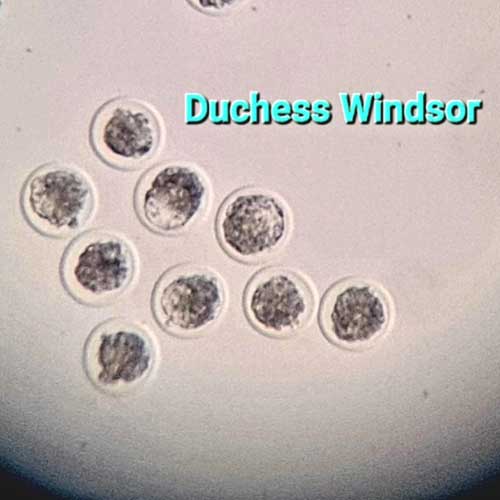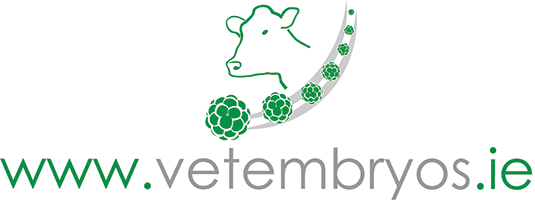What is Embryo Transfer?
What is Embryo Transfer?
Embryo Transfer (ET) is an advanced reproductive technology and a progressive tool that can help you produce more offspring from a high genetic merit cow and can extend the impact of outstanding cattle genetics.
Conventional (in vivo) ET involves specific hormonal treatment (with follicle stimulating hormone) of donor cows and heifers to cause multiple follicles to ovulate. The donors are bred using artificial insemination (AI) following this superovulation regime and oestrus or standing heat. Approximately seven days after insemination, embryos are non-surgically collected or “flushed” from the donor’s uterus and transferred fresh into synchronous recipients who will serve as surrogate mothers. The embryos may also be cryopreserved or frozen to be transferred at a later point in time. The frozen embryos will be maintained in liquid nitrogen storage vessels until they are thawed and transferred.
An ET collection can be performed on a donor female every 40-60 days. The average number of transferrable embryos per collection is 5 – 6, but a wide range of results are common. Some donor collections result in zero viable embryos, while other donor collections may yield more than 20 viable embryos.
All embryos collected and frozen are washed and labelled according to the International Embryo Transfer Societies protocol. This facilitates the ability to trade them domestically or export them internationally.


